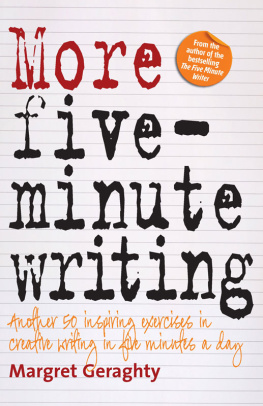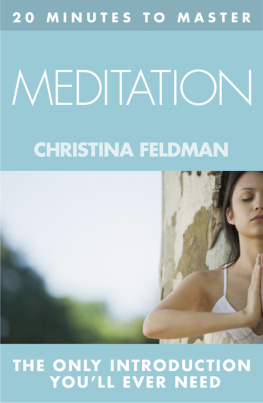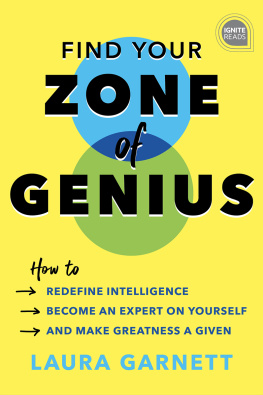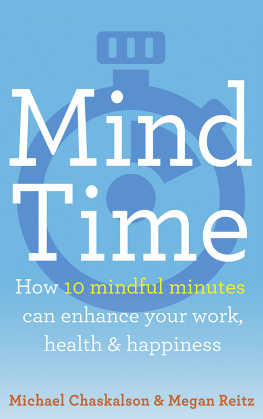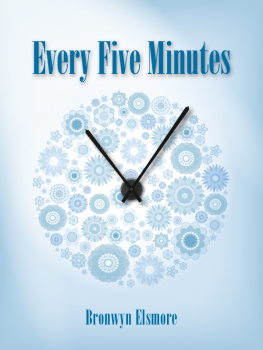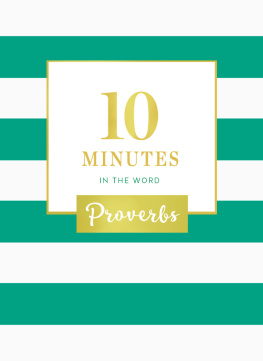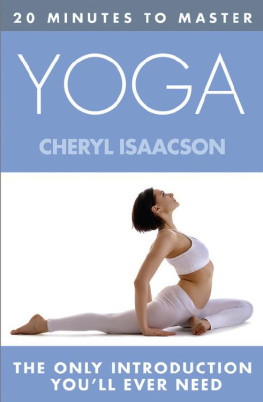THE First
15
Minutes
For Those Dating With
Marriage In Mind
by Jay Hewlin
Copyright 2005 Jay A. Hewlin
AUTHOR NOTE:
I am not licensed to practice psychology, psychiatry, or social work. The First 15 Minutes (For Those Dating With Marriage in Mind) is not intended to replace psychological counseling, but is simply a dating philosophy based on my own experience and the experience of many others with whom I have spoken.
Book design and layout by Aaron Coleman.
All rights reserved. No part of this publication may be reproduced, stored in a retrieval system, or transmitted, in any form or by any means, (electronic, mechanical, photocopying, recording, or otherwise, including any future technological method), without the written prior permission of the author.
Unless otherwise indicated, all Scripture quotations are taken from the King James Version of the Bible. Scripture quotations taken from The New Living Translation, 1996, used by permission of Tyndale House Publishers, Inc., Wheaton, Illinois 60189. All rights reserved. Scripture quotations taken from THE AMPLIFIED BIBLE, Old Testament copyright 1965, 1987 by the Zondervan Corporation. The Amplified New Testament copyright 1958, 1987 by The Lockman Foundation. Used by permission.
Note for Librarians: a cataloguing record for this book that includes Dewey Decimal Classification and US Library of Congress numbers is available from the Library and Archives of Canada. The complete cataloguing record can be obtained from their online database at:
www.collectionscanada.ca/amicus/index-e.html
ISBN 1-4120-5039-1
ISBN 9-7814-1223-275-3 (ebook)
TRAFFORD
Offices in Canada, USA, Ireland, UK and Spain
This book was published on-demand in cooperation with Trafford Publishing. On-demand publishing is a unique process and service of making a book available for retail sale to the public taking advantage of on-demand manufacturing and Internet marketing. On-demand publishing includes promotions, retail sales, manufacturing, order fulfilment, accounting and collecting royalties on behalf of the author.
Book sales for North America and international:
Trafford Publishing, 6E2333 Government St.,
Victoria, BC V8T 4P4 CANADA
phone 250 383 6864 (toll-free 1 888 232 4444)
fax 250 383 6804; email to
Book sales in Europe:
Trafford Publishing (UK) Ltd., Enterprise House, Wistaston Road Business Centre,
Wistaston Road, Crewe, Cheshire CW2 7RP UNITED KINGDOM
phone 01270 251 396 (local rate 0845 230 9601)
facsimile 01270 254 983;
Order online at:
www.trafford.com/robots/04-2848.html
10 9 8 7 6 5 4
Contents
Happy is the man that findeth wisdom,
Proverbs 3:13a
My wife Patricia and I went to a small dinner party a few years ago hosted by one of her colleagues who happened to be a divorcee, looking to remarry. Another single, female colleague (never married) also attended the dinner. So there was I, the only man, among three women, and during the course of the evening we began a discussion on the topic of dating. One of the single women stated that it takes a long time to get to know someone and determine whether they are right for you. She also said that she had dated a few men for months at a time (not at the same time) before realizing that each was wrong for her. I thought about what she said and then replied: You may think Im crazy, but I dont see why it should take more than a half-hour, actually more like fifteen minutes, to determine that someone is wrong for you. I understand why identifying Mr. Right may take a little more time, but not Mr. Wrong. Not surprisingly, they were intrigued and also a little skeptical.
To explain further, I asked them to think back to some of their relationships and try to remember the first signals they received that suggested to them this may not be THE ONE. In many instances, these signals came during the first or second date. Sometimes, the signals were subtle, and other times they were obvious. The common theme in each of their stories was that if they had paid closer attention to these warning signs, they would have ended the relationships with these duds sooner to avoid wasting valuable time with them. So suppose, I said, there was a way to identify these warning signals early on and eliminate the person before you get wrapped up in a relationship that you know has no future. The way to do that, I continued, is to start assessing the person from the moment you meet him or her, and examine critically whether his or her character is harmonious with your own.
I went on to explain that with a strong sense of self and knowing how to ask the right questions, you can determine quickly (within 15 minutes) some sense of how compatible you are with your date. Compatibility is more than just physical attraction, but rather a harmonization of values. As discussed in greater detail later in this book, true compatibility between two individuals relies, in part, on the two sharing the same value system.
I remember clearly during the early part of my adult life working through this process. Whenever I went out with someone for the first time, I would try to determine the direction and longevity of the relationship. I was correct at least 90 percent of the time. My reason for doing this exercise was that I never wanted to date for the sake of dating. I thought that was a waste of time. If I went out with a person, it was because I was genuinely interested in getting to know that person. My relationships never lasted beyond a point of meaningfulness (at least not from my perspective), because I disciplined myself to adjust my expectations by focusing on points of compatibility. I gave and received what I could and then I moved on.
Patricias colleagues were skeptical because it sounded so easy. My position was that it was relatively easy, or at least not as difficult as most people believe it to be. I used my relationship with Patricia as an example of two people who sought and found maximum compatibility in their relationship.
Patricia and I had been married at that time for about seven years, and they were all good years. We were in high school when we started dating, so we allowed the relationship to mature before we married. And yes, we broke up several times and dated others before committing fully to a relationship with each other.
Nevertheless, the combination of our similar upbringing and the strong influence we had on each other as friends caused us to develop the same value system as we grew into adulthood. As a result, when we married, we did not have to suffer through many of the difficulties that many married couples confront in their first few years together.
I noted that within a year of dating Patricia, I realized that she was, at the very least, the type of person I would marry, if not THE actual person. Naturally, her colleagues wanted to know how I could know my type at such a young age. The answer was simple: I knew me and I knew what worked for me. The issue was not my age, but rather my perspective. That is, what was important was my perception of myself, and the future direction of my life, and how she fit into that perspective. Unbeknownst to me, Patricia was looking at our relationship from the same point of view. With clarity and agreement on these issues, we were able to build our relationship on a solid foundation, working out the details as the years went by and ultimately marrying one another. This approach has made our lives together relatively easy (not perfect) because we did the hard work before we married.
To be clear, the reason our relationship survived a very difficult maturation process (remember we were young when we started) is that when it was time to get serious, we understood that relationships that lack maximum compatibility are not the most fulfilling relationships. The other relationships we had were enlightening in some respects, but they failed to meet the standard of maximum compatibility.
Next page


